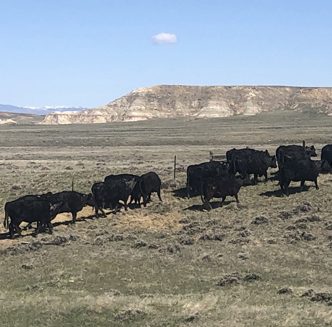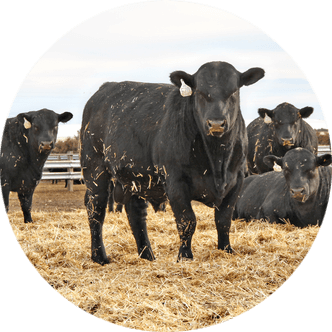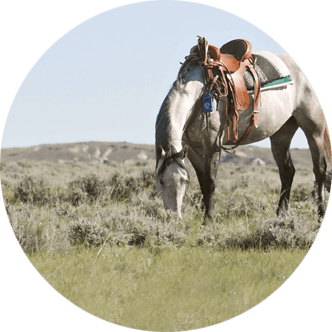The Threat of a Fly
A fly called New World screwworm (NWS) has been working its way north through Mexico and has been found in a cow 70 miles south of the Texas border in the Mexican state of Nuevo León, which borders the U.S.
This little fly’s flesh-eating larva can cause undue harm – and even death – if it finds an open wound in livestock, wildlife, pets and humans. It lays its eggs in an open wound, and larva feed on the flesh of the animal, creating a larger wound and ultimately killing it.
One can easily see the concern everyone has over the potential threat of NWS to all animals.
Decades ago, NWS was controlled in some Central American countries, Mexico and the U.S., but it took 29 years to do it.
Since then, some Central American countries have become lax on controlling the fly, so much so it has become a way of life for some and has harmed more than animals. They say it is also hard on children in rural areas.
Last winter, the U.S. and Mexico were hoping to keep NWS in Guatemala, but it kept coming north through two control areas in Southern Mexico, 700 miles from the Texas border. By the end of July, Mexican authorities had reported more than 3,000 animal cases and 26 human cases around Southern Mexico.
We now know NWS has been found 70 miles from Texas.
Mexico, as one can guess, has not been the most cooperative in working with the U.S. on this issue, which has really concerned U.S. Secretary of Agriculture Brooke Rollins. Rollins promptly closed the Mexican border to all livestock crossing into the U.S.
This has really hurt the beef industry for both countries, but it had to happen.
In regards to Mexico’s oversight of NWS, Rollins says, “Mexico has failed to enforce proper cattle movement, controls and infected regions and isn’t tending to the flytraps daily, as promised, which hinders real-time detection capabilities.”
Rollins also says, “Mexico must fully implement the agreed-upon protocols, expand surveillance immediately and lock down their cattle movements in infected zones. Anything less puts both of our nations’ herds and our food supply at grave risk.”
There are ways to monitor NWS, such as monitoring flytraps to chart the movement of the fly. Once it is found in an open wound of an animal, it can be treated by medication to kill the larva.
Once an infestation is found, sterile flies are released to lower population numbers.
The U.S. Department of Agriculture is investing $750 million to build a domestic sterile production facility near Edinburg, Texas which is slated to open late next year, producing some 300 million flies per week. Panama has a sterile fly facility, but it doesn’t produce many flies.
One of the issues is cattle – and especially wildlife – keep crossing the border where there isn’t adequate fencing in place to hold them in Mexico.
The U.S. is getting tough with Mexico and infested Central American countries over NWS. Getting them to switch their way of living with the fly to controlling it is not going to be an easy job, and it won’t be in the short term either.





